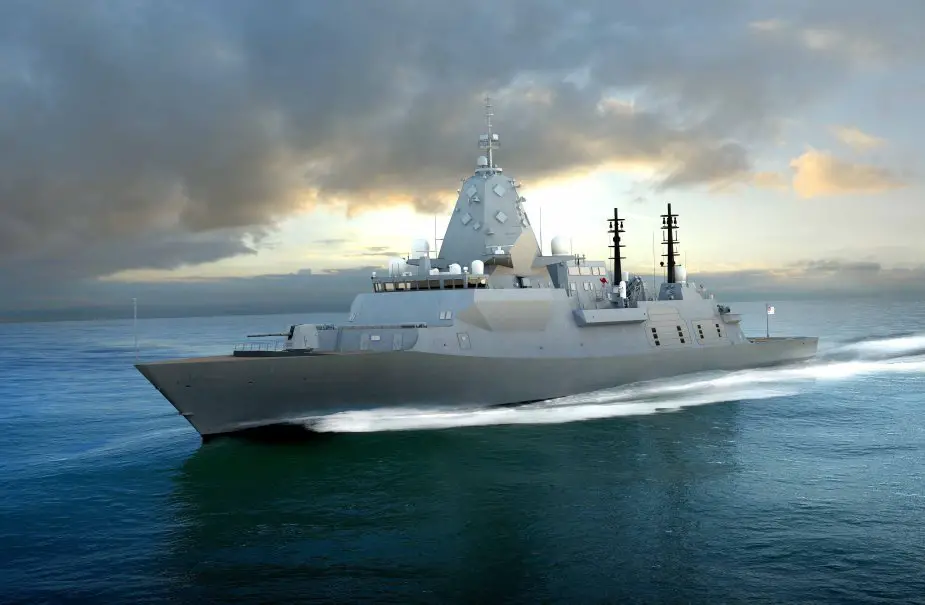Breaking news
Aurora Labs to print marine components for Hunter class frigate program.
According to a press release published by A3D Engages on July 28, 2021, the firm is pleased to announce its engagement with BAE Systems Maritime Australia to print trial marine components for commercial evaluation for its Hunter Class Frigate Program (HCFP).
Follow Navy Recognition on Google News at this link
 Artist rendering of Hunter-class frigate (Picture source: BAE Systems)
Artist rendering of Hunter-class frigate (Picture source: BAE Systems)
BAE Systems Maritime Australia's Research & Technology group is investigating large-scale metal Additive Manufacturing (AM) as a technology for future adoption. A3D has been identified as a possible provide of Powder Bed Fusion (PBF) technology to the HCFP.
The company aims to prove its technical and commercial viability for the project by producing 3D stainless steel printed components suitable for servicing the build of nine Future Frigates in Australia for the Royal Australian Navy.
A3D and BAE Systems Maritime Australia have agreed to initial investigate test printing as part of the Project's staged evaluation approach to identifying locally available AM processes and their benefits.
The component selected for testing is currently produced with traditional manufacturing. A3D will review the part design and assess its optimized potential within the PBF process for maritime application.
The Hunter class is based on BAE Systems’ Type 26 Global Combat Ship design, the world’s first bow-to-stern digitally-designed anti-submarine warfare frigate.
The Hunter class frigate will be modified to meet Australian requirements, including incorporating the Aegis combat management system, CEAFAR2 phased array radar, Australian communications systems, and the integration of the Seahawk Romeo Maritime Combat Helicopter.
It will be constructed on an acoustically quiet hull and feature unique sonar capabilities, modular digital design and open systems architecture to facilitate through-life support and upgrades as new technology develops.
The Hunter class frigate is being designed for maximum versatility and flexibility in operational roles, from humanitarian and disaster relief operations to high-intensity warfare.
The integrated mission bay and hangar is capable of supporting multiple helicopters, unmanned vehicles, boats, mission loads and disaster relief stores. A launcher can be provided for fixed wing UAV operation and the flight deck is capable of landing a Chinook helicopter for transport of embarked forces.


























